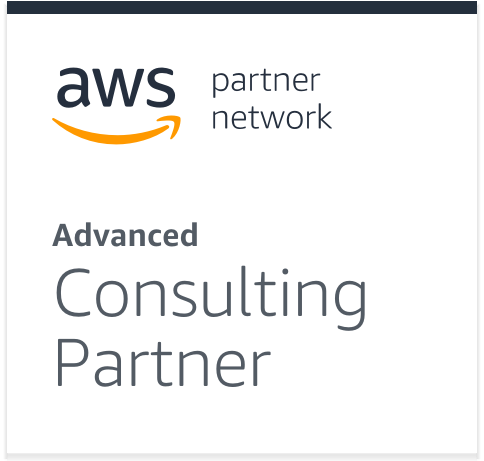Source: a change in code in the repository (or automatic scheduling) triggers a notification to run automations in the pipeline.
Build: the source code is combined to build an artifact, a usable instance of the product, flagging any potential problems.
Test: automated tests are run to validate the code and how the product behaves. These tests might be run in multiple stages, and provide feedback to the developers.
Deploy: when code has passed the tests, it’s ready to be deployed into a new environment, either manually into a staging environment first or automatically into a production environment for the customers.
Monitor: once the artifact is deployed into production, the application is continuously monitored to analyse trends, examine the performance, and proactively identify problem areas.
Any failures will trigger notifications to let the relevant developer know the cause, and when code is successfully deployed to production, the whole team is made aware too.







































